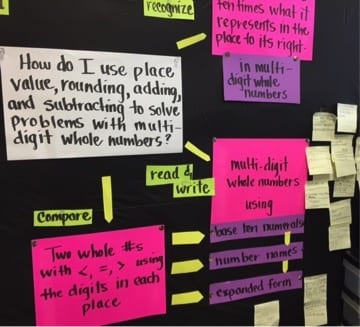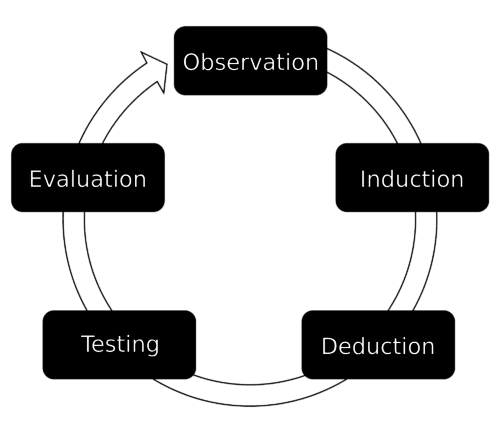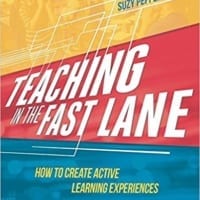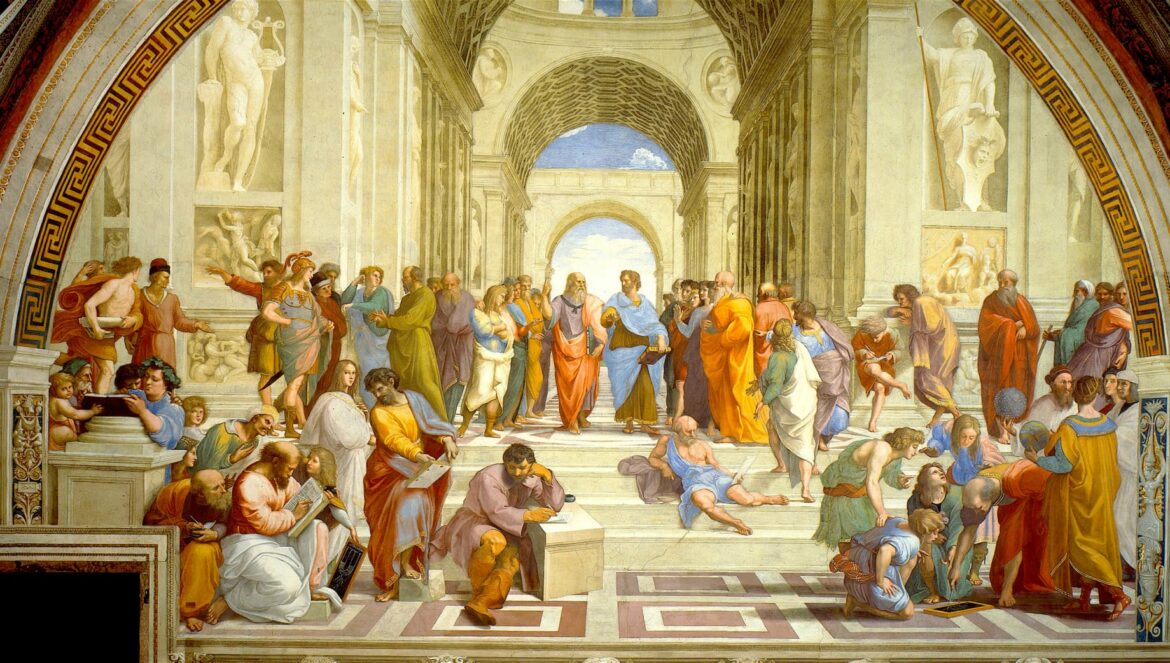A Different Approach to Navigating Learning Expectations
 I’ve never seen the color go out of an assistant superintendent’s face so fast.
I’ve never seen the color go out of an assistant superintendent’s face so fast.
It was a learning walk day at a high school and our team dispersed to gather data, one piece being the essential questions students were pondering in each class. Here’s the one that turned his normally healthy coloring to a sort of ashen, CPR-needing shade:
“What are the pros and cons of teenage pregnancy?”
In the hallway debriefing, he turned to building leaders and abruptly queried, “We’re teaching the pros of teenage pregnancy?” Everyone scrambled to find the health standard for that unit. The essential question crafted by the teacher clearly diverged from the intent of the standard, which was about analyzing consequences of early sexual behavior.
The teacher likely found a note in her mailbox that afternoon, and I feel badly about that. Why? Because she probably attended the same training I did. In our professional development, we were implored to craft questions that would press students’ critical thinking and stir personal reflections…even be provocative.
Perhaps it’s time to question essential questions.
 Entire books have been written on crafting essential questions. Just some of the attributes essential questions should possess: thought-provoking, higher order, reflective, intellectually stimulating, and open-ended.
Entire books have been written on crafting essential questions. Just some of the attributes essential questions should possess: thought-provoking, higher order, reflective, intellectually stimulating, and open-ended.
But in a quest to develop awe-inspiring reflection, are we altering the standard? Furthermore, are we providing an explicit pathway for learners to achieve success? How will they get there?
For example, asking students “What were the causes of WWII?” would not be considered a worthy essential question. On the other hand, “When would war be justified?” is more thought-provoking and reflective. Here’s the problem: the standard likely calls for students to describe the major developments leading to WWII, not make a judgment. The learning targets that develop over this unit should systemically enable learners to demonstrate understanding of the overarching question. How will they get there if there is a mismatch? And while the case can easily be made to exceed the standard -such as taking a stand – foremost in our efforts remains that learners are proficient in the standard.
Why does this matter so much?
Because learners do better and are more motivated when a path to success is explicit, systematic, transparent, and doable. After all, there are many things students might be murky about during the day, but what they are expected to learn (and how to get there) shouldn’t be one of them.
Standards Walls: A Different Approach
 Standards walls, as I detail in both books, provide a visual, tangible roadmap to success. Rather than a blur of head-scratching questions with seemingly little connection, standards walls maintain the rigor, but show how learners will reach proficiency. And if a parent asks “What will you be learning next week?” It’s right on the wall… and our website… and perhaps on students’ phones. Standards walls bring everyone into the learning plan. Here is where we are today, this is where we are going, and here’s how we’re getting there.
Standards walls, as I detail in both books, provide a visual, tangible roadmap to success. Rather than a blur of head-scratching questions with seemingly little connection, standards walls maintain the rigor, but show how learners will reach proficiency. And if a parent asks “What will you be learning next week?” It’s right on the wall… and our website… and perhaps on students’ phones. Standards walls bring everyone into the learning plan. Here is where we are today, this is where we are going, and here’s how we’re getting there.
Standards walls are unit based and are a combination of an advance organizer and a concept map – both practices are proven ways to boost achievement. In addition, student examples of the target are posted as we go. These might include a sticky note math problem, a lab analysis, or outstanding examples of figurative language. As we progress through the unit, students realize progress. In fact, we check off targets as we go, “Boom! We are ready to move to the next target!” Reaching a goal can be quite motivational.
Furthermore, standards walls provide critical connectivity between concepts, a key component of rigor and content retention. With walls, learning is not about turning in something just for today. “Whew, I’ll never see that stuff again!” It’s more about a crescendo of developing work that cascades into a deep understanding of the big idea. We bring learners into our planning world and demonstrate explicitly what is required to have success.
For example, in this section of Ms. Kohler’s wall, it’s apparent that the unit expectation for students is to use place value to solve problems with multi-digit whole numbers. The learning targets that build to this unit goal are also crystal clear. The evidence of ongoing progress is apparent by the sticky note problems posted around the target. Next target: students will compare whole numbers. There is a road map for every student to follow to reach success.
Creating and Implementing Standards Walls
 Crafting standards walls takes a little practice; after that, it’s actually fun. Often done in collaborative teams, we step back and reflect on what we will be expecting of our students. What evidence of learning will they be demonstrating? We map this out on large paper.
Crafting standards walls takes a little practice; after that, it’s actually fun. Often done in collaborative teams, we step back and reflect on what we will be expecting of our students. What evidence of learning will they be demonstrating? We map this out on large paper.
Now, we share this with learners; in fact, there’s a big fanfare when launching a new unit. It sounds like, “We’re going to be talking about how the country got into such a huge economic mess in the 1920’s. We’ll be studying this for 3 weeks, and there are five learning targets we’ll be conquering. Each of these learning targets will have work associated with them. We will both be gathering evidence of proficiency on these targets.”
In my professional development with teachers, here are the steps we take in crafting standards walls:
1.) Summarize the unit goal and place that in the center of the map. Depending on building expectations, this might include a unit essential question, an overarching “I can” statement, or a phrase summarizing the concept.
2.) Create and arrange learning targets in sequence around the big idea. Highlight the verbs of the standard, which are critical to intended rigor, on the stems of the map.
3.) In the bubbles attached to the verb stems, summarize the “meat” of the target. For example, the stem line might say “compare and contrast.” The attached bubble might include two economic principles.
4.) Double check that if students meet every target, they will reach the center destination.
5.) At a minimum, reference the walls in the beginning and close of class.
6.) When a target is reached, check it off! Note: this does not mean that every learner has mastered it, but the class is moving on. Students who still need work on a particular target may see that revisited in a station, additional homework, or tutoring.
7.) Post work as it develops. It feels great to hear, “Your writing is a good example of our target – may I post that on our wall?”
 Standards walls serve to organize complex information in a way that maintains rigor and accuracy, but makes expectations understandable (and doable) for learners. Rather than a long document or a list of essential questions, these provide a pathway to success.
Standards walls serve to organize complex information in a way that maintains rigor and accuracy, but makes expectations understandable (and doable) for learners. Rather than a long document or a list of essential questions, these provide a pathway to success.
Yes, a big concept exists in the middle, but we’re breaking it down into manageable pieces and are taking a systematic approach to support learning. Targets are connected to the center, and work will develop demonstrating progress as we go. In addition, teachers, building leaders, parents, and students can feel confident that our curriculum direction is accurate and on course.
Provocative questions certainly have value, but only if they meet the intent of the standard, and there is a viable path to support learners in reaching those understandings.
Author
Suzy Pepper Rollins is the author of two ASCD books: Teaching in the Fast Lane, just released and Learning in the Fast Lane. She is also the founder of an exciting new project called MyEdExpert.com, a place in which educational authors make available research-based, downloadable materials. She is also the founder of Math in the Fast Lane, a hands-on approach to teaching math with an online component. Check out her website at www.mathinfastlane.com.


Further Reading
- eSchool News – In my classroom, students are the teachers—here’s why it works
- The Atlantic – Schools Are Missing What Matters About Learning
- Huffington Post – What Is Important To Know And Why?
